The situation in the Middle East is considered extremely dangerous as the region has experienced a year of escalating violence in the Gaza Strip, Lebanon and Syria, while the humanitarian crisis is getting worse.
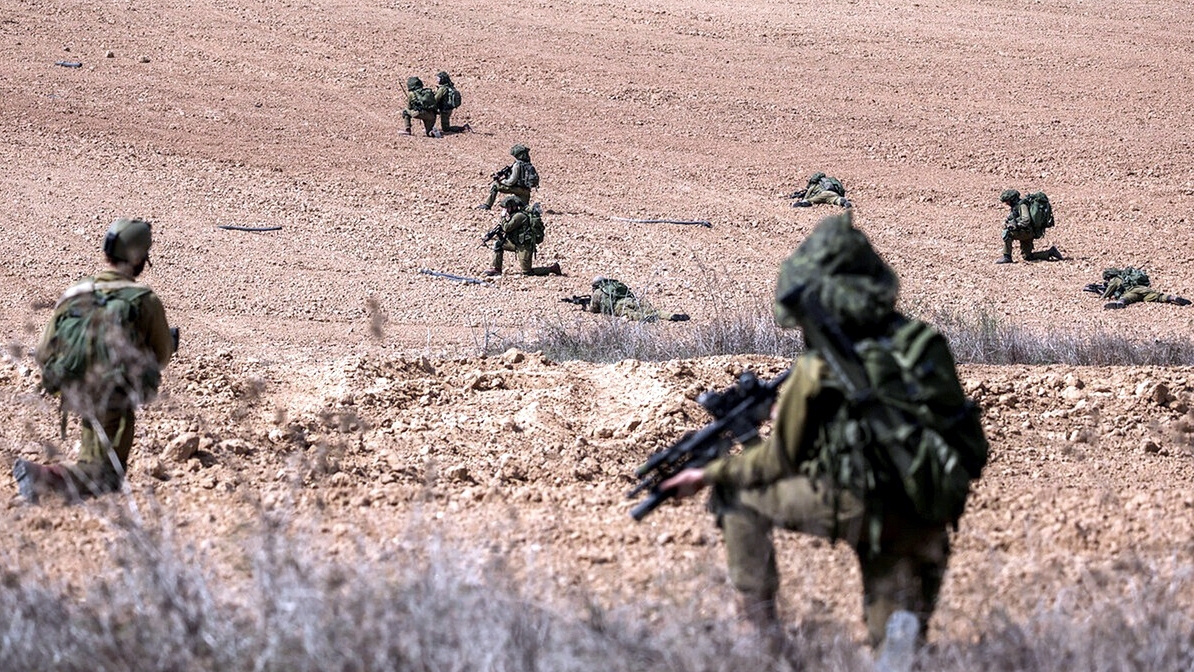
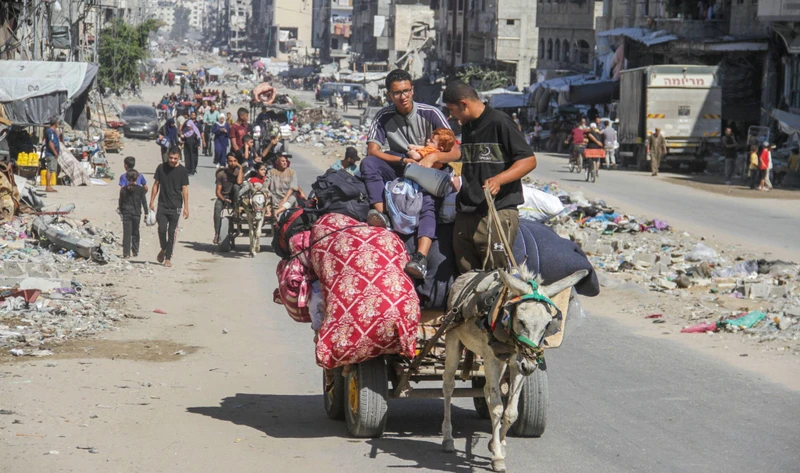 |
| Palestinians in the Gaza Strip take refuge. (Photo: Declassified UK) |
According to Israeli media, many high-ranking officials of this country who have a deep understanding and are close to the negotiation process affirmed that although progress has been made in recent weeks, there is still a large gap in the positions of the parties. After basically suppressing the Hamas movement in the Gaza battlefield, since the end of September, Israel has launched a "limited" landing campaign in southern Lebanon and increased air strikes deep into the country's territory. Israel's military campaign also killed nearly 3,800 people in Lebanon and injured 15,600. Israel lost more than 100 people, including 44 soldiers. The conflict also forced more than 1 million Lebanese people, accounting for nearly 20% of the population, to leave their homes. After more than a year of fighting along the border and two months of escalating tensions, Israel and Lebanon agreed to a ceasefire brokered by the United States and France, which came into effect on November 27. Under the agreement, titled “Cessation of Hostilities and Related Commitments on Measures to Enhance Security and Move Forward on the Implementation of United Nations Security Council Resolution 1701,” the two sides agreed to a 60-day ceasefire, with Israel withdrawing from southern Lebanon, while Hezbollah withdrew north of the Litani River. The truce between Israel and Lebanon temporarily ended the longest and bloodiest conflict between the two sides in decades, and raised hopes that a similar agreement would be reached in the Gaza Strip. After the ceasefire between Israel and Hezbollah in Lebanon came into effect, the United Nations and international humanitarian organizations actively supported the Lebanese people to overcome the consequences of the conflict, bringing them back to normal life. Although only temporary and still difficult to implement, the ceasefire agreement between Israel and Lebanon has helped restore peace in one of the world's most sensitive hotspots, creating conditions to promote negotiations and bringing a glimmer of hope for the possibility of a similar agreement for the conflict in the Gaza Strip. Along with that, the situation in Syria has changed rapidly. After being appointed by the opposition as interim Prime Minister until March 2025, Prime Minister of the Syrian transitional government - Mr. Mohammad al-Bashir held his first cabinet meeting with the participation of the interim government and agencies from the government under Mr. al-Assad, marking an important turning point in the process of transferring power in Syria. However, in the face of political turmoil and many unanswered questions about Syria's future, the situation in this Middle Eastern country is becoming more complicated with tense military developments after the overthrow of President Bashar al-Assad's government. Israel has launched a large-scale air campaign targeting military targets across Syria. The political transition in Syria must take place smoothly to bring stability to this Middle Eastern country and avoid creating a favorable environment for IS to rise again. The ceasefire agreement between Israel and Hezbollah must be strictly observed to create conditions for a long-term ceasefire agreement, ending the conflict in Lebanon, opening up opportunities for a similar agreement for Gaza... The Middle East region needs a comprehensive political solution for a sustainable and lasting peace./.
Bui Tue





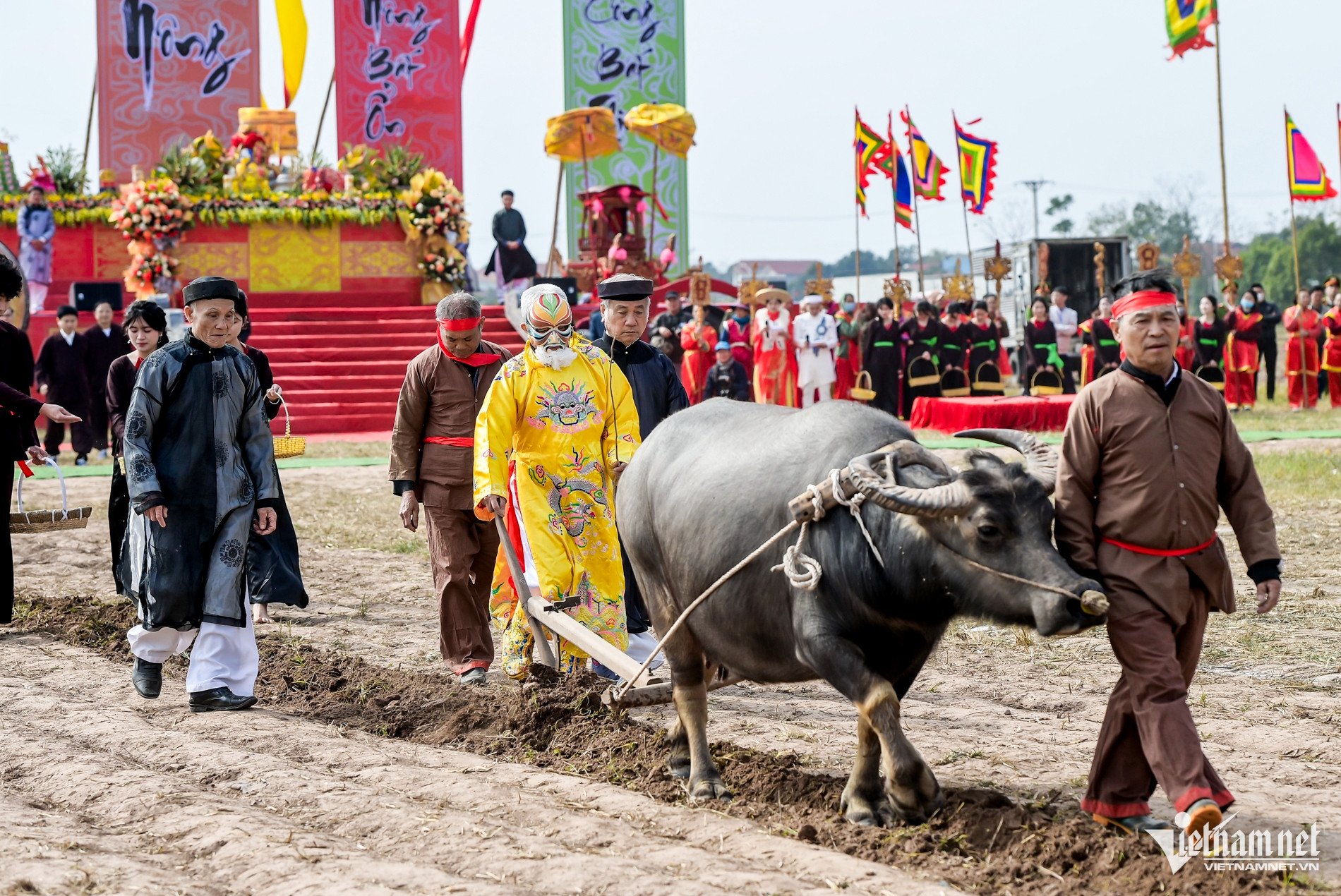



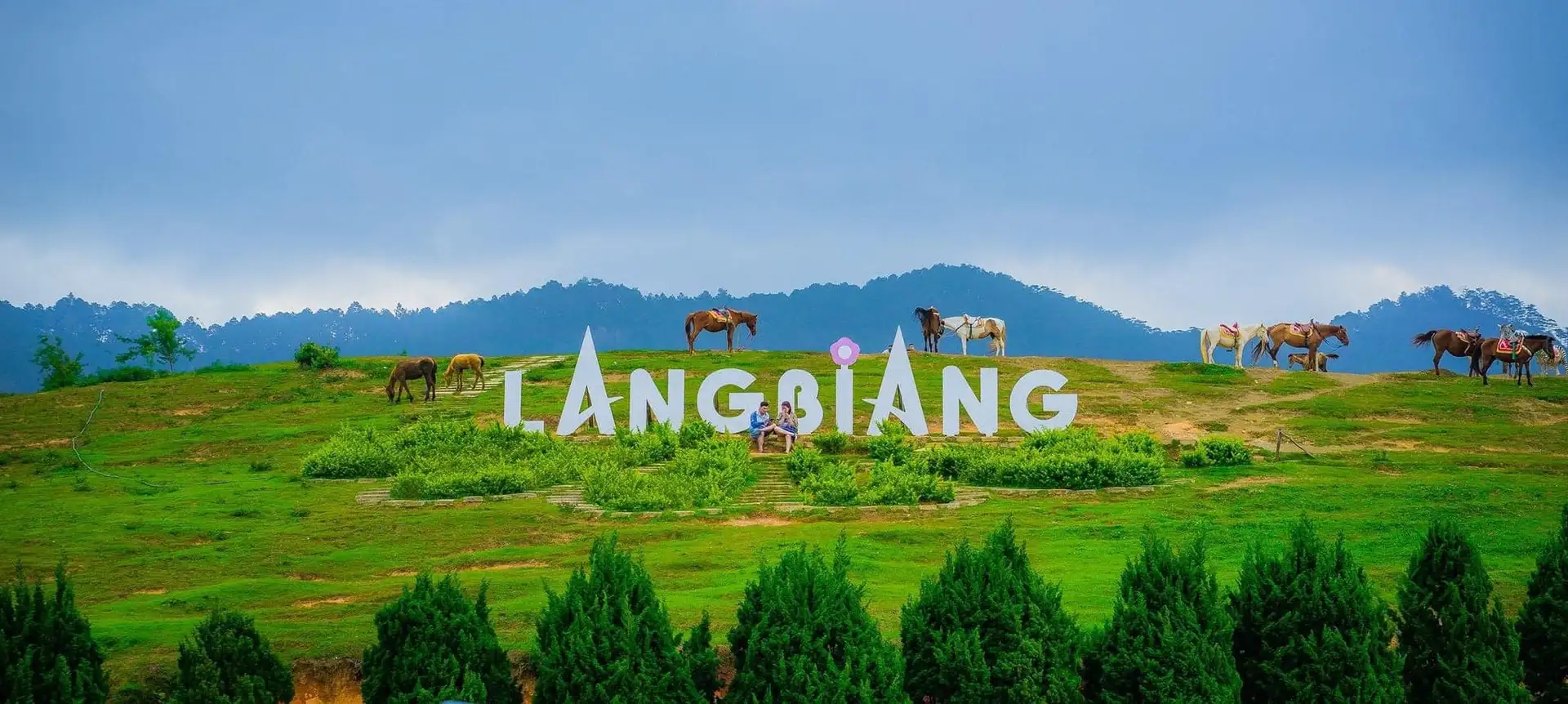
















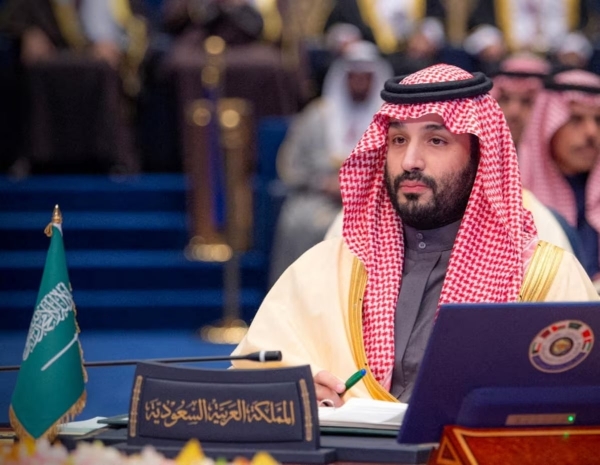


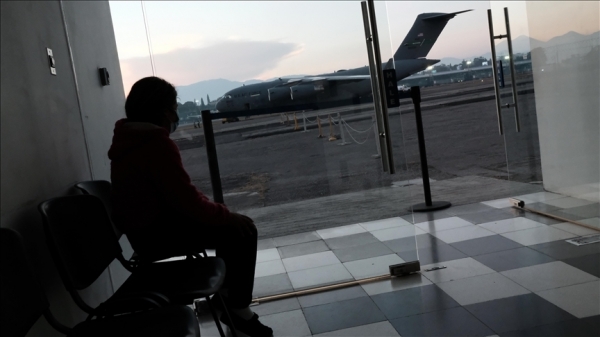
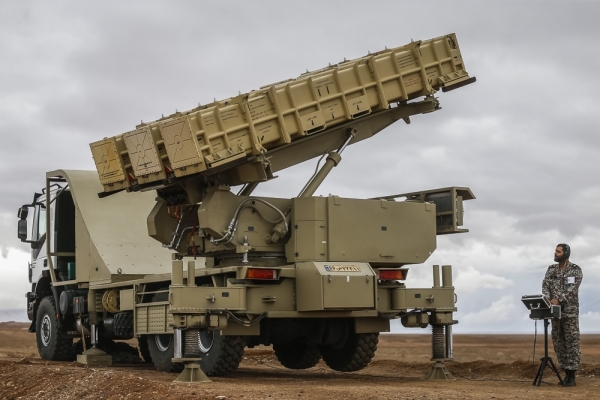

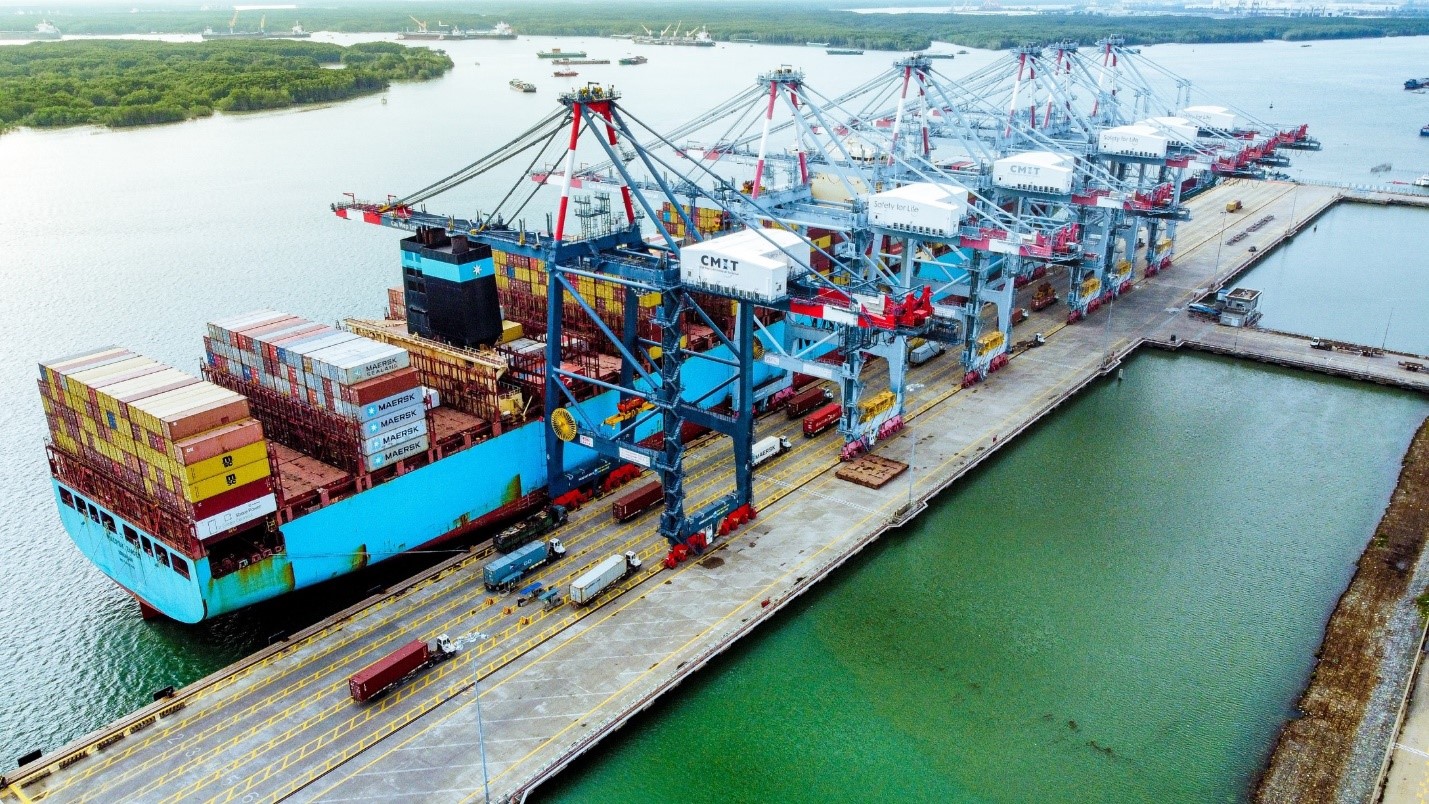

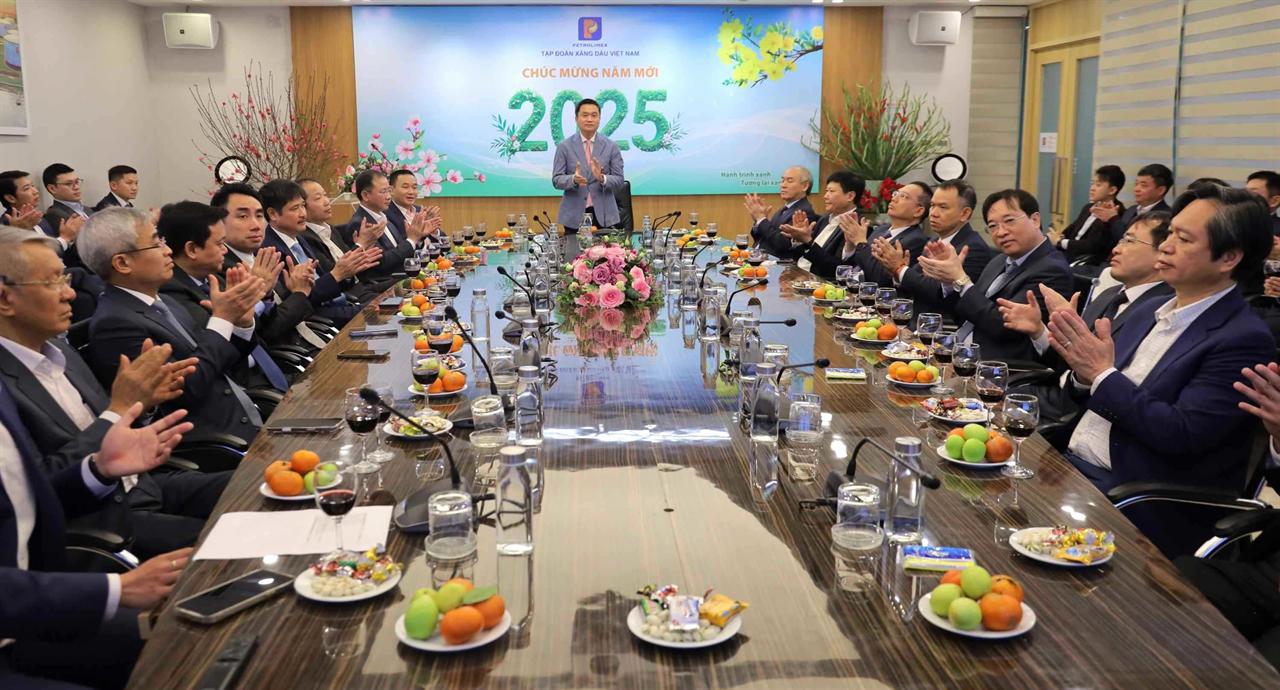











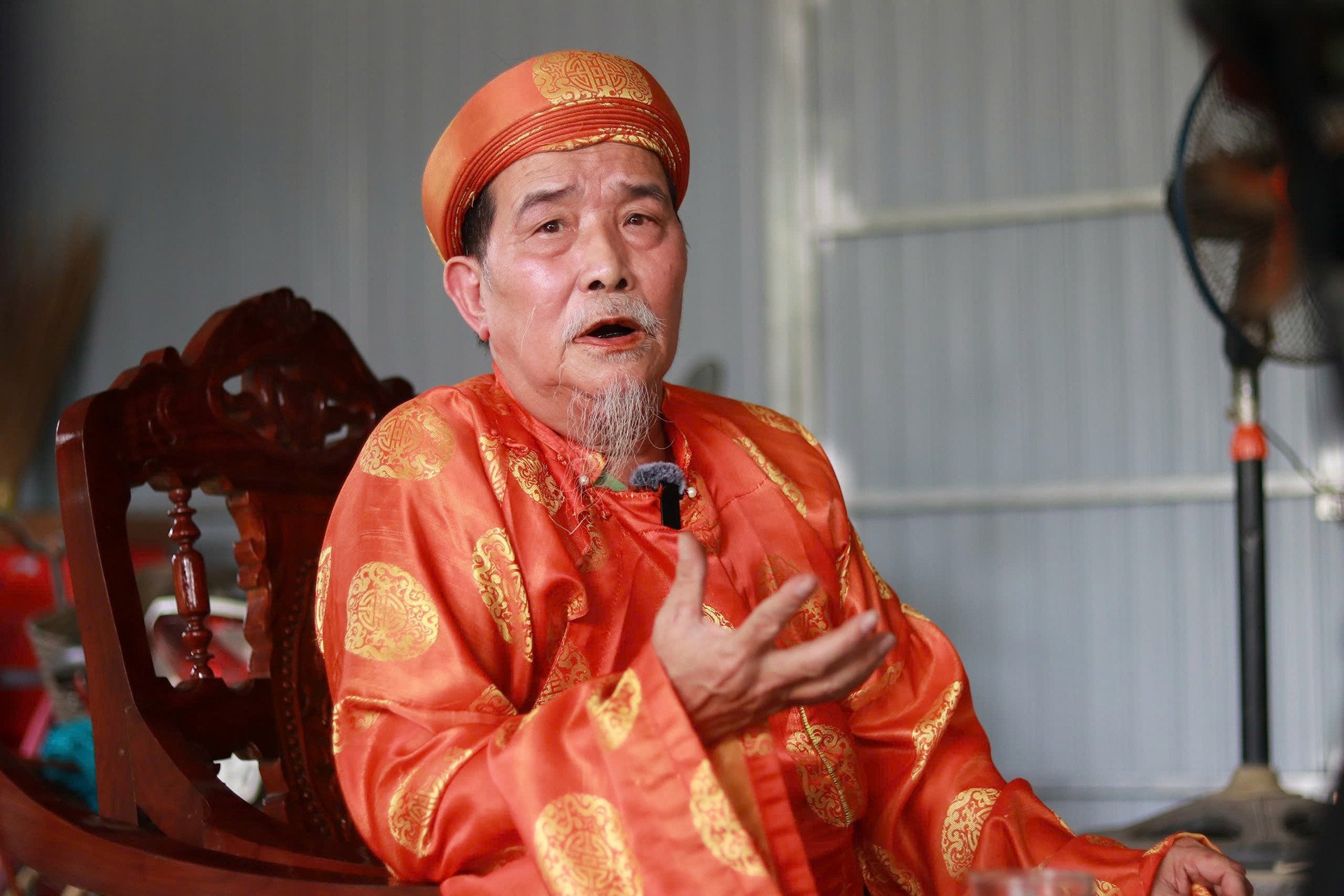






Comment (0)